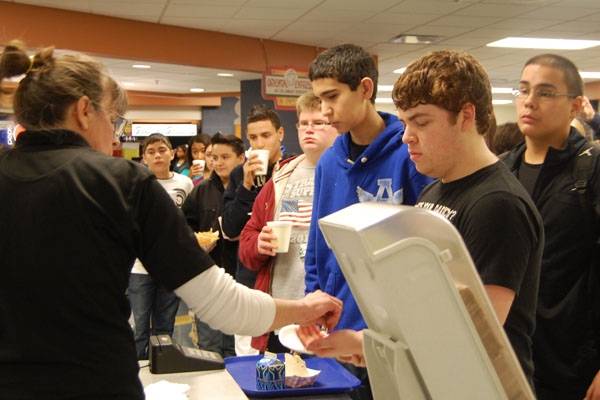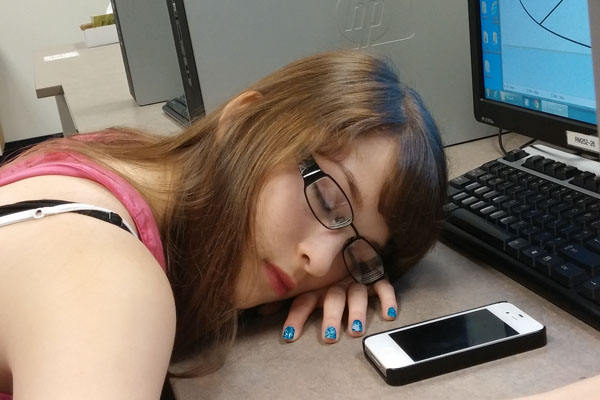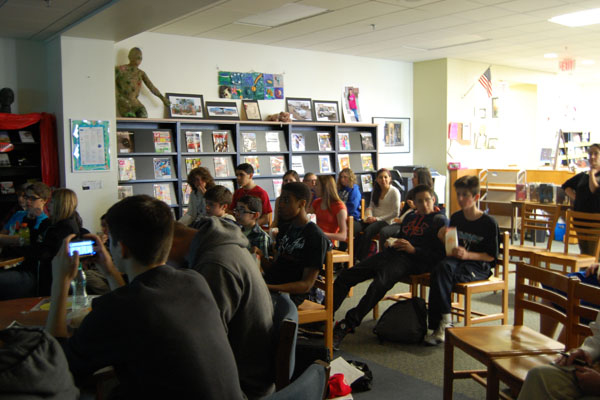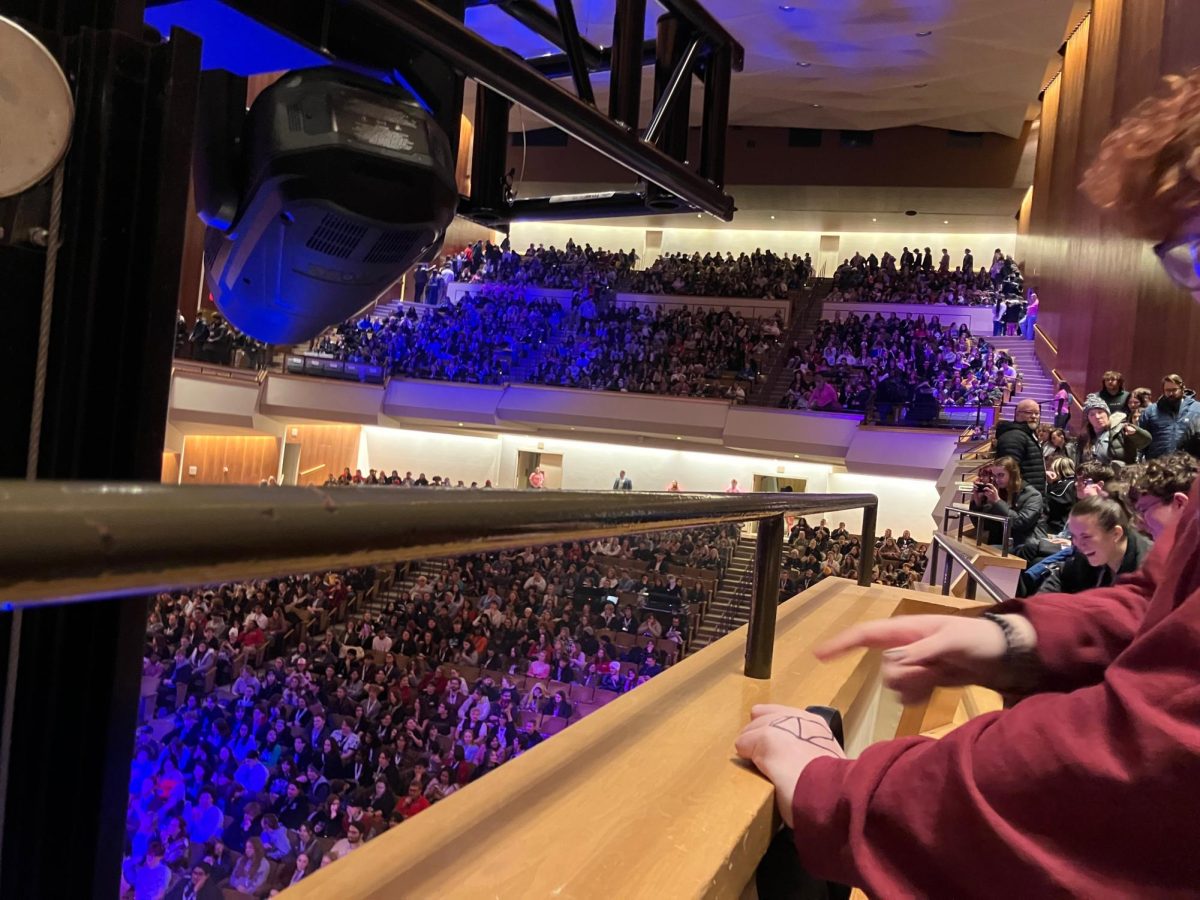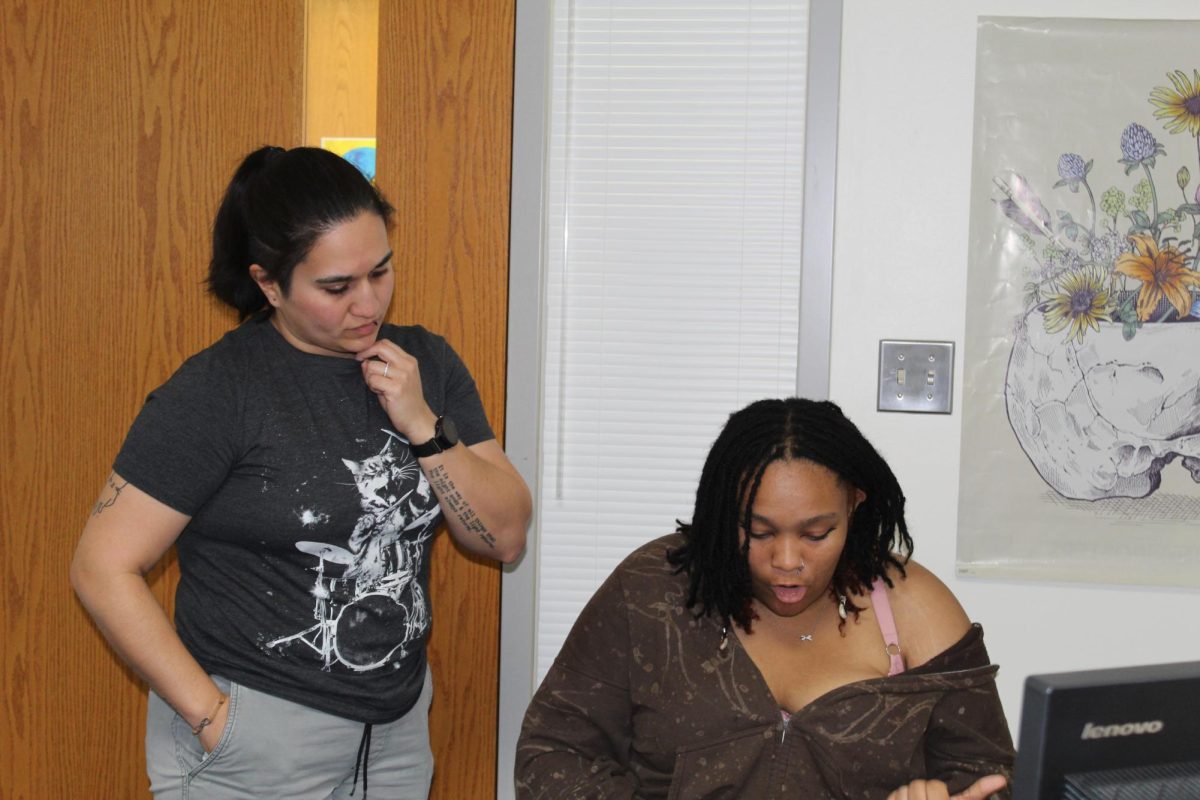Greetings and Salutations!
I’m Kate, and I have the lovely, atypical preferences for economics and writing. So I’m putting them together, Freakonomics style, with a focus on RB. Here you will find my descriptions on economic thoughts, and where I see them.
Today I’ll start by asking: Have you been in RB’s lunch lines recently? Have you noticed how many people tend to cut in line? Did you know that economics can explain this phenomenon? Well it can but first we should look at a little economic backround.
I’ll start with Marginal Benefit (MB) and Marginal Cost (MC). Marginal benefit is anything good that you get, a good feeling, money, time saved, etc. when you use one extra item or do one extra thing. Marginal benefit decreases the more items you consume. For instance if you eat one chocolate bar you’re probably pretty happy, the second one is less exciting, and once you get to the twentieth you’re getting hardly any benefit at all.
Marginal Cost is what it costs to do one extra thing or use one extra item. Maybe you’re spending money or time, or it just doesn’t make you very happy. Marginal cost increases with every extra item, because it gets harder and harder to keep doing what you’re doing.
Economics tells us that as long as MB is greater than MC, it’s worth it to do the activity. You’re getting more than you’re spending, after all. For example, if you bend down to pick up a hundred dollar bill, your cost is just the energy and time it takes (hardly any) and your benefit is a hundred dollars! (And bragging rights.)
But when MC is greater than MB, it costs way too much! It would be illogical to do the activity. For an extreme example, we could consider running through a pit of vicious, deadly snakes for a mile to get a penny. Not worth it. Granted, most examples aren’t this obvious, but the same principle holds true.
Therefore, economics says you’ll want to stop doing an activity when MB is equal to MC. That’s when you’re putting in exactly what you get out, and getting as much as possible. While you can stop before equilibrium, you’re not maximizing your benefit.
So how does this come into play at RB? Actually, in everything we do. But for this blog, I’ll take a look at something that affects most of us: school lunch lines.
There are two specific types of people seen in the lunch lines that I’ll focus on for now: people who cut in line and people who don’t.
When someone cuts in line, think about their marginal benefit. For every place they cut, they’ll get their food faster, which means they’ll get to eat it sooner, and be able to spend more time with their friends.
Now think about their marginal cost. There’s not much physical effort involved, and it doesn’t cost them any money. Then there’s the moral cost, or how guilty they’ll feel if you cut. This is different for every person. Finally, there’s any social disapproval they might face. Or, depending on who their friends are, they might get some social approval.
But the people who cut obviously don’t have that problem. Their friends don’t disapprove, and therefore they have almost no social repercussions added to their cost.
In this case, it’s easy to see why some people cut in the lunch lines and why, sometimes, instead of moving smoothly they just bulge at the nearest end. I’m not saying that it’s good to cut in line; actually I find it quite annoying. I’m just saying that economically, for some people, it makes sense.
Economically, then, there should be a way to stop people from cutting in line: by raising their Marginal Cost. If you look back a few paragraphs at all the different costs involved with cutting in line, you’ll see that most of them are beyond an average stranger’s control. You can’t drastically change the amount of effort put into the task, nor can you go up, tap someone on the shoulder, and change their moral sense so cutting makes them feel terrible. In fact, there’s only one viable option; increasing social disapproval for cutting.
How to do this? Maybe just by telling someone “excuse me, I believe I was first.” Maybe, if someone’s bragging about how fast they got their lunch by cutting people off, you just roll your eyes and refuse to be impressed. I don’t recommend anything more than that. Hopefully that will be enough.
Why don’t more people do this? If you do, that’s great, but most of my experience shows people in line are talking with friends or spacing out; they aren’t really aware of the people around them, including new arrivals. This allows the line cutters to slip in unnoticed, and therefore lowers their cost. In this case, the distracted people may be unaware of their cost, or may just not feel like it’s worth being vigilant.
For the people who do notice, most of them don’t do anything about it. Their own benefit gained by confronting a line cutter is pretty low, since at the best they’ll be one place closer in line, and might be cut again. And, depending on their personality, confronting a stranger, or worse yet an acquaintance, might just be too intimidating to justify the confrontation. Or they just don’t want to cause a disturbance. I, for one, would probably just let it go.
There’s no definitive answer to what to do, but this might help you organize your own thoughts. What are your personal MBs and MCs?
So there it is, my first Econ-analysis of RB. I hope it was slightly informative, slightly enlightening, and I certainly hope that the MB of reading this was greater that your MC! Until next time!
Kate

